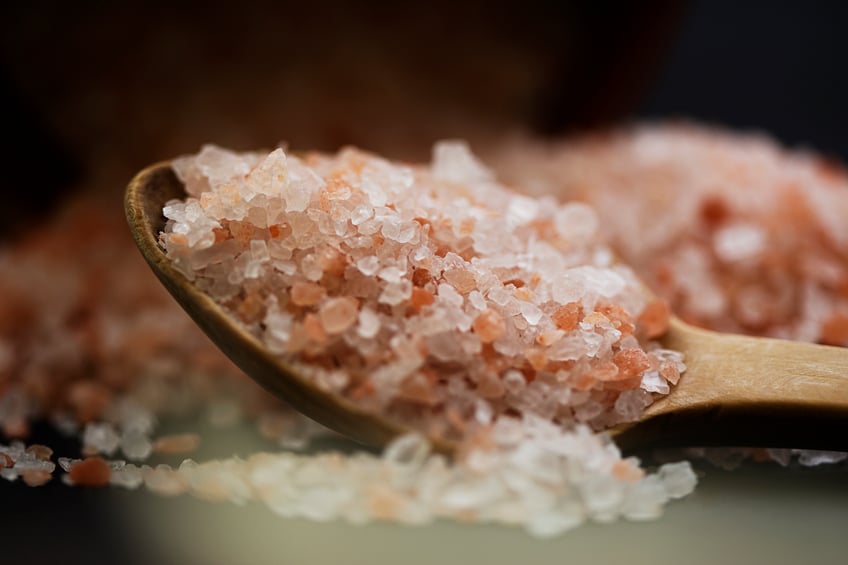A new study explodes the long-held myth that cutting salt is good for your heart.
To the contrary, McMaster University scientists say a low-sodium diet actually is more likely to trigger a heart attack or stroke than one with a lot of salt.
Dr. Andrew Mente led the study. His findings show that a moderate amount of sodium is best. “Having neither too high nor too low levels of sodium is optimal for health,” he said.
Surprisingly, the study found that a low-salt diet is most dangerous to the very people for whom it is most often recommended. Patients with high blood pressure are often told by doctors to cut salt.
In people with high blood pressure, low salt raises heart attack and stroke risk by 34%. Those with normal blood pressure face a 26% greater risk.
The study shows that constant warnings about salt are not warranted, Dr. Mente said.
“Most of the population eats what they’re supposed to eat, based on the data,” he said. “They fall in the middle and that’s actually the sweet spot—the safest range of intake.”
Recommended for You: How Your Statin Drug Is Slowly Killing You
According to studies, statins do next to nothing to prevent heart disease. They can actually weaken your heart, cause fatigue, cataracts, hormone and vitamin deficiencies, muscle damage, increase your risk for diabetes, and more. But scariest of all…
Tens of millions of people take statin drugs daily, believing they are protected from heart disease, while still doing the five things that actually cause heart attacks and strokes. Find out what they are HERE.
According to the study, published in The Lancet, the “sweet spot” is 3,000-7,000 mg of sodium per day. That’s the equivalent of between 1 ½ teaspoons to just under a tablespoon of salt. Most Americans are in this range. They consume around 3,400 mg (2 teaspoons of salt) daily.1,2
The Healthiest Kind of Salt
When you add salt to your food, stay away from refined table salt. All the healthful minerals have been stripped away in the manufacturing process.
Instead, buy unrefined natural salts. There are two types: sea salt and mined salt.
Sea salt is produced from salt water. Sea water is evaporated in the sun, leaving behind salt full of the healthy minerals in the ocean. Mined salt comes from natural deposits in the earth.
Both kinds are excellent alternatives to industrial table salts. But we recommend Himalayan pink salt. It contains 84 minerals and trace elements. These include calcium, magnesium, potassium, and copper.3
If you have high blood pressure, there’s something else you should know… It’s a simple solution that can lower your reading by 15 points—without drugs, exhausting exercise, or dieting.
Get all the details HERE.
In Good Health,

Angela Salerno
Executive Director, INH Health Watch
Like this Article? Forward this article here or Share on Facebook.
References:
1https://consumer.healthday.com/cardiovascular-health-information-20/dieting-to-control-salt-health-news-191/could-low-salt-diet-be-hazardous-to-your-health-711200.html
2https://authoritynutrition.com/how-much-sodium-per-day/
3http://wellnessmama.com/26334/best-type-of-natural-salt/

